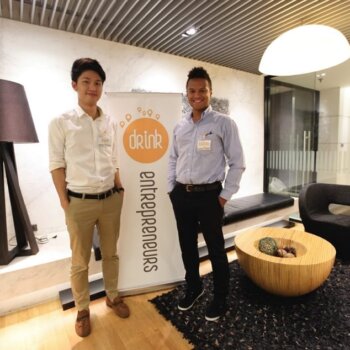As an entrepreneur, you will have to pitch to various people for many reasons – it could be to obtain funding for the company, securing a key location, explaining a complex problem and solution, or simply giving an update on an ongoing project. No matter the context, the principles of presenting to decision making bodies are the same, and getting it right is crucial. It’s not as difficult as it sounds, so long as you keep some guidelines in mind.
Do’s
Start with the problem. People don’t want a great big long story about the situation or what led up to it before we know what the problem is. They just don’t have time. They need to know the situation (or problem) and how it relates to them. And then tell them your solution. Once those are on the table and we’re focussed on the problems, the story (or why that solution is the absolutely perfect one to solve this particular problem) makes sense.
Relate to the audience. Use personal stories or examples to relate to your audience. Do you want your brand to evoke an emotion when people hear its name? When people connect with your brand, they may not only buy it, they might also advocate for it!
Rehearse, rehearse, rehearse. It is true that if you try to memorize your speech or deliver your presentation the exact same way every time, you will set yourself up for failure (exceptions for any reader who is a trained Broadway actor). But rehearsing your speech should never be about memorizing words or movements.
Follow up, stand out. Follow up with any individuals you met before or after the presentation and make sure your electronic communication is as effective as your in-person communication.
Don’ts
Try to be funny. Not every product is appropriate for a humorous attitude. Sometimes, humor doesn’t always translate onstage, particularly if it’s not practiced.
Focus on a big stunt. Don’t waste time trying to execute a stunt that has nothing to do with your product or company, spend those precious minutes talking about what you actually have to offer.
Waste their time. Don’t waste their time by presenting irrelevant information.
Forget to prepare for questions. Try to anticipate the kinds of questions they might have and be prepared with answers. A poorly planned Q&A session can detrimental to the success of your pitch.





























